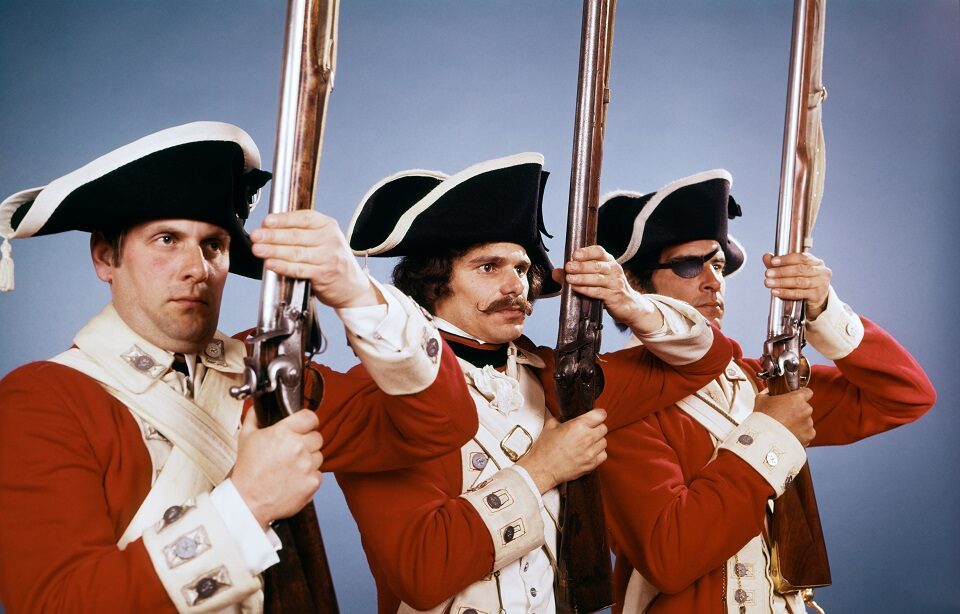Great Britain has been involved in scraps all over the world for centuries. In fact, it’s estimated that Britain has used military force against or in the assistance of 82 percent of the countries on Earth. Even though it participated in literally hundreds of wars the nation has an extraordinary track record, winning most of its conflicts. Not bad for a country smaller than many US states.
Being the physical embodiment of the saying: “It’s not the size of the dog in the fight, it’s the size of the fight in the dog,” part of the reason for the country’s dominance was its heavy investment in technology. This investment wasn’t limited to just a few areas either, but for fighting on land, at sea, and in the air.
Here are some of the weapons and tools Britain used to build an empire on which the sun never sets.
The Dreadnought
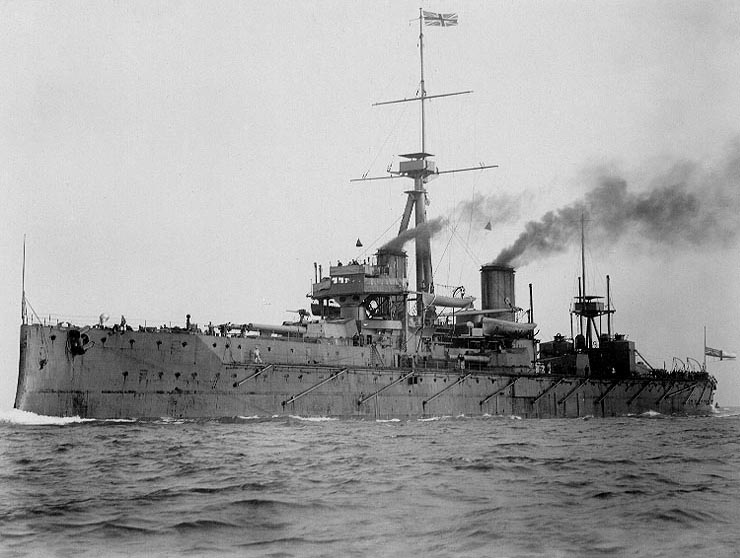
In 1906 Britain commissioned the HMS Dreadnought, a revolutionary new type of battleship that was so advanced it metaphorically blew everything else out of the water the second it arrived. In fact, this ship was such a big deal that it spawned an entire generation of battleships named after it. Meanwhile, the now-obsolete ships that had come before it were classed as ‘pre-dreadnoughts.’ While she was full of new features, a few stand out in particular as defining moments in warship design.
She was the first capital ship to use steam turbines and the first battleship to carry a uniform main battery. She was exceptionally fast for her size and weight too. Although Dreadnought was a major naval leap forward that sparked a global arms race, she had a relatively unremarkable career. She rammed and sunk a submarine but by the end of WWI she was obsolete herself.
The Brown Bess
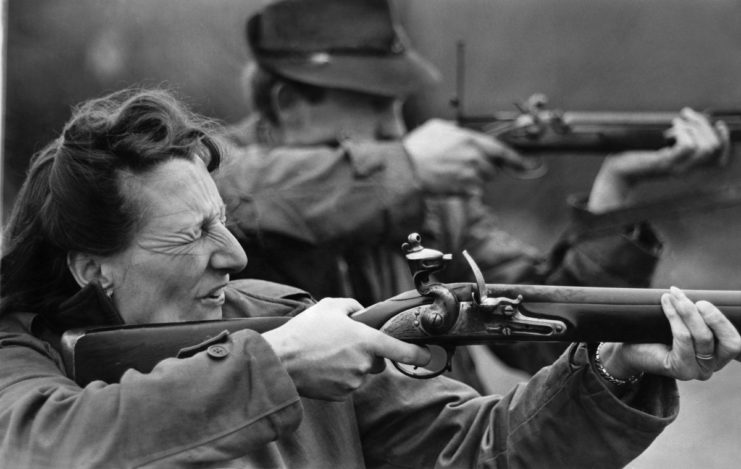
On the run-up to the British Empire’s golden age of the 1800s, the Brown Bess was at its side. This .75 caliber musket was carried by Britain’s iconic red-coated soldiers and was crucial in helping the empire reach its largest size. Entering service in 1722, it remained the standard weapon for British infantry for over a century. It was withdrawn from use in the 1830s.
Over this time numerous changes and improvements were made to the musket. Its barrel length ranged from 46 inches on the initial design to 26 inches on the cavalry carbine variant. The smoothbore, muzzle-loading flintlock was easy to produce and was critical in many British victories. The Revolutionary War, the War of 1812, and the Napoleonic Wars are just a few of the conflicts it was used in.
The musket’s poor accuracy and short-range were its biggest drawbacks, being rather ineffective past 100 yards. The British adjusted their tactics to compensate for this, using rows of hundreds of men firing the Brown Bess to guarantee hits.
The Spitfire
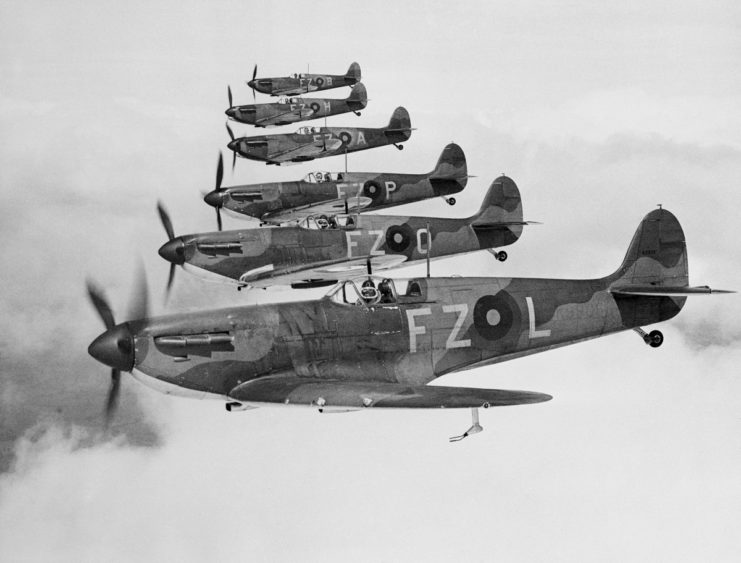
No list can discuss Britain’s technological prowess without mentioning the Supermarine Spitfire. Designed by R. J. Mitchell, this beautiful fighter aircraft first flew in 1936 and entered service in 1938. Paired with the gorgeous sounding V12 Merlin engine the Spitfire was a war-winning aircraft. Fast, maneuverable, and reliable, this dependable plane became a household name after its participation in the Battle of Britain.
Although the Spitfire was used in a huge variety of roles, its arch-nemesis was the German Bf 109. The two aircraft began on a relatively equal footing and were both upgraded as the war progressed. But by the war’s end, the later beefed-up Spitfires could still tango with even the newest propeller fighters, while the Bf 109 had become increasingly obsolete. The Spitfire was the only British fighter produced from start to finish of WWII.
The fighter truly won the hearts of the British people and has since become a symbol of Britain’s contribution to WWII.
Henry Shrapnel’s Shrapnel
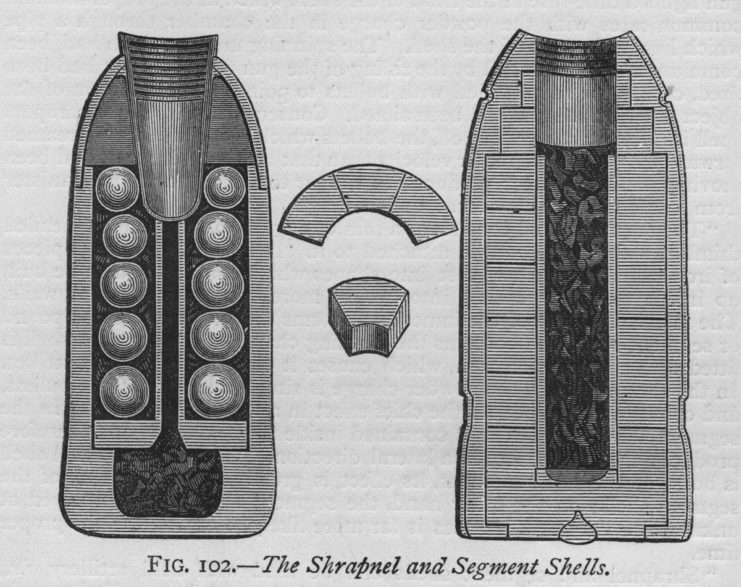
Around the start of the 1800s artillery usually fired either solid shot, which was great against tough targets, gunpowder-filled shells which exploded on impact and canister rounds, a shell filled with iron balls that behaves like a large shotgun shell when fired. This last weapon was absolutely devastating against troops at close range but was less effective at longer ranges. During the Napoleonic Wars, the French learned to keep their distance to limit the use of these rounds.
However, Henry Shrapnel created a shell with long-range and an effect similar to canister rounds. Like the canister rounds, they were filled with iron balls but were fused to detonate over the heads of the enemy. Artillery crews could change the length of the fuse to explode at just the right time. The deadly projectiles launched from exploding shells are named after Henry Shrapnel.
